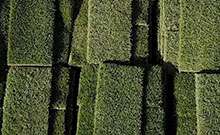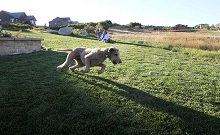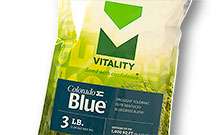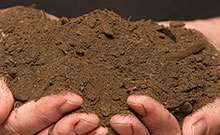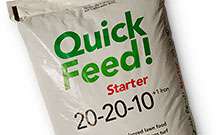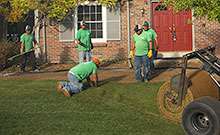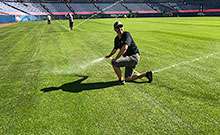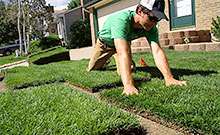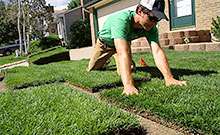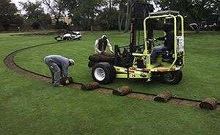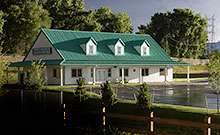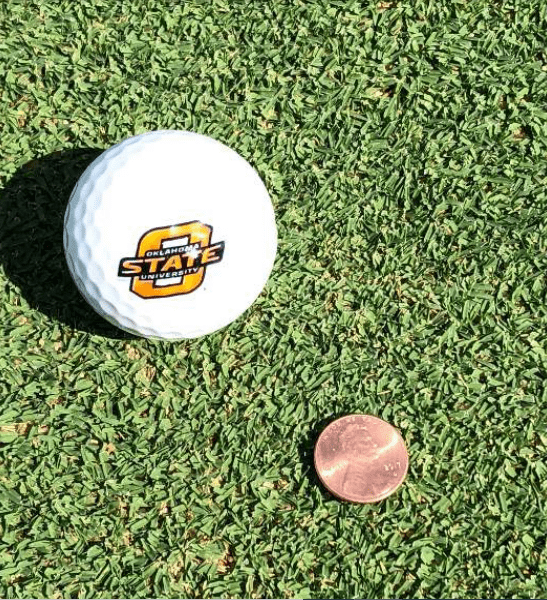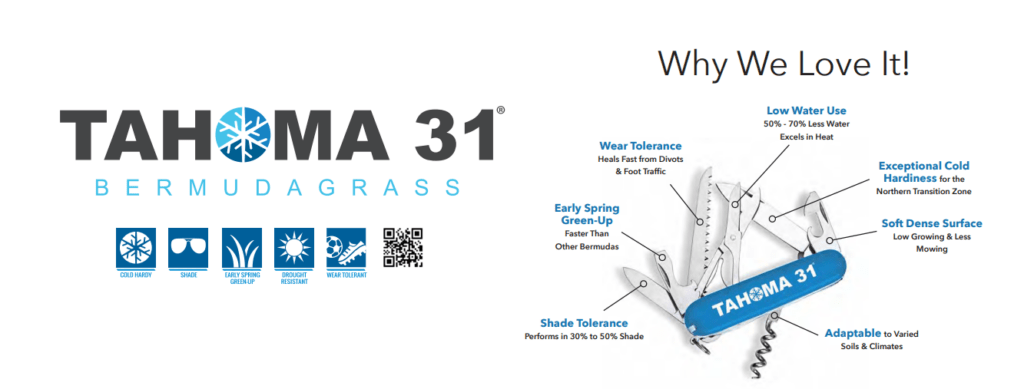- SOD
-
- SHOP
-
-
Best Sellers
-
Product categories
-
-
-
-
-
- SERVICES
-
- RESOURCES
-
-
HOW-TO GUIDES
-
-
-
-
-
-
- VIDEOS
-
-
POPULAR VIDEOS
-
-
-
-
-
-
- CONTACT
-
-
- Contact
- Littleton Location
- Platteville Location
- Sustainable Landscape Design
- Low-Maintenance Flowers & Plants
- Why Choosing to have Sod Installed is a Good Idea
- How Often Should I Water My Sod?
- What Is the Best Kind of Sod for Golf Courses?
- The Environmental Benefits of Using Sod for Landscaping
- Find the Best Sod Near You: Premium Turf for Lawns, Golf Courses & Sports Fields
- Tahoma 31 Bermuda Grass: The Perfect Turf for Colorado Homes & Sports Venues
- Expert Sod Installation in Denver for a Lush, Green Lawn
- Transform Your Yard with Residential Sod Installation
- Where to Buy Sod Near Me: Your Guide to Quality Turf in Colorado
- Advanced Science, Unique Origins & Pro Tips for Colorado Lawns : Tahoma 31 Bermuda Grass
- Residential Sod Installation: Costs, Planning & What to Expect in 2025
- Topsoil Delivery Near Me: How to Choose, What to Expect, and Tips for a Better Landscape
- How to Install Sod Like a Pro: Step-by-Step Guide for Colorado Homeowners
- Choosing the Right Sod for Your Colorado Lawn | Types & Benefits by Green Valley Turf
- Supporting Local: Why Buy Sod from Colorado Sod Farms?
- Sod Maintenance Tips for a Lush, Healthy Lawn in Colorado’s Climate
- Sod Farm Near Me : Expert Tips for New Sod Success
- Friendly Sod for Sale Near Me, Sustainable Options for Colorado Landscapes
- Explore Your Options: Sod Varieties for Sale Near Me
- Benefits of Locally Grown Sod for Colorado Lawns
- Sod Farm Near Me: Fast Pickup and Installation Services
- Sod for Sale Near Me: Premium Turf Options Available Now
- Comparing Sod Prices Near Me: How to Get the Best Value for Quality Turf in Colorado
- Discover the Best Sod Types for Colorado Lawns: Bluegrass, Fescue, and More
-
-
-
-
-
-

